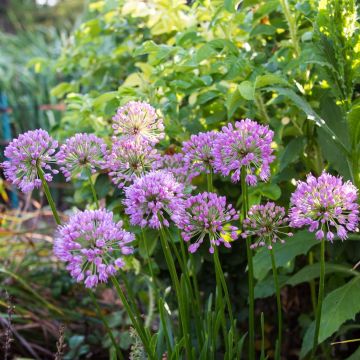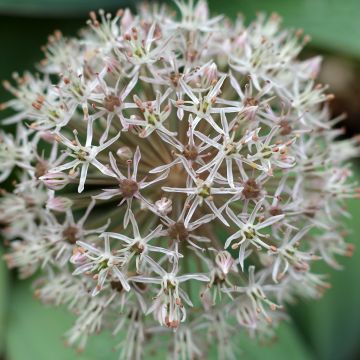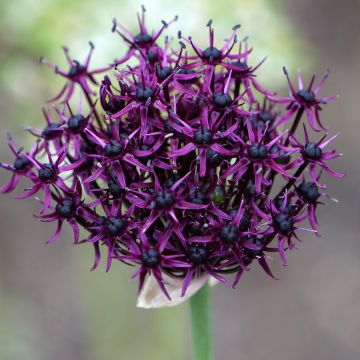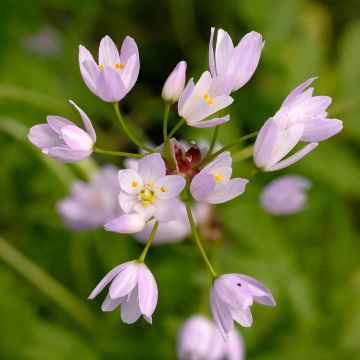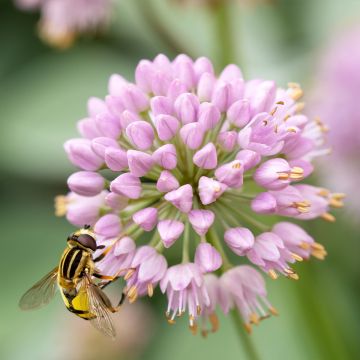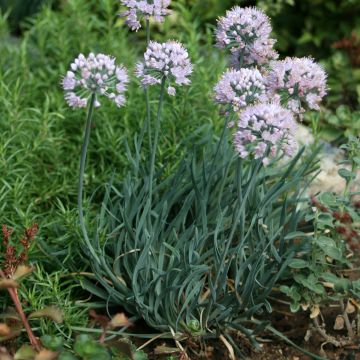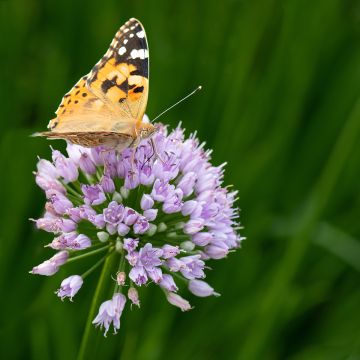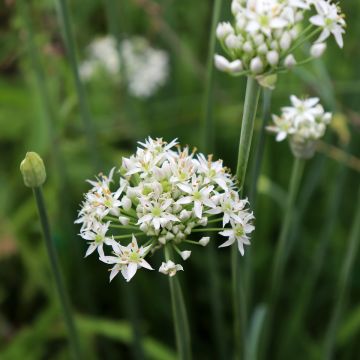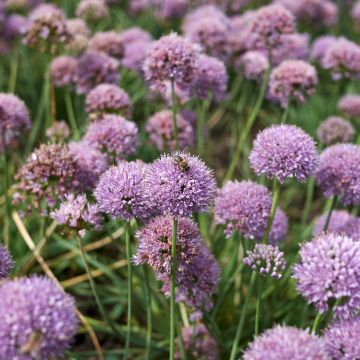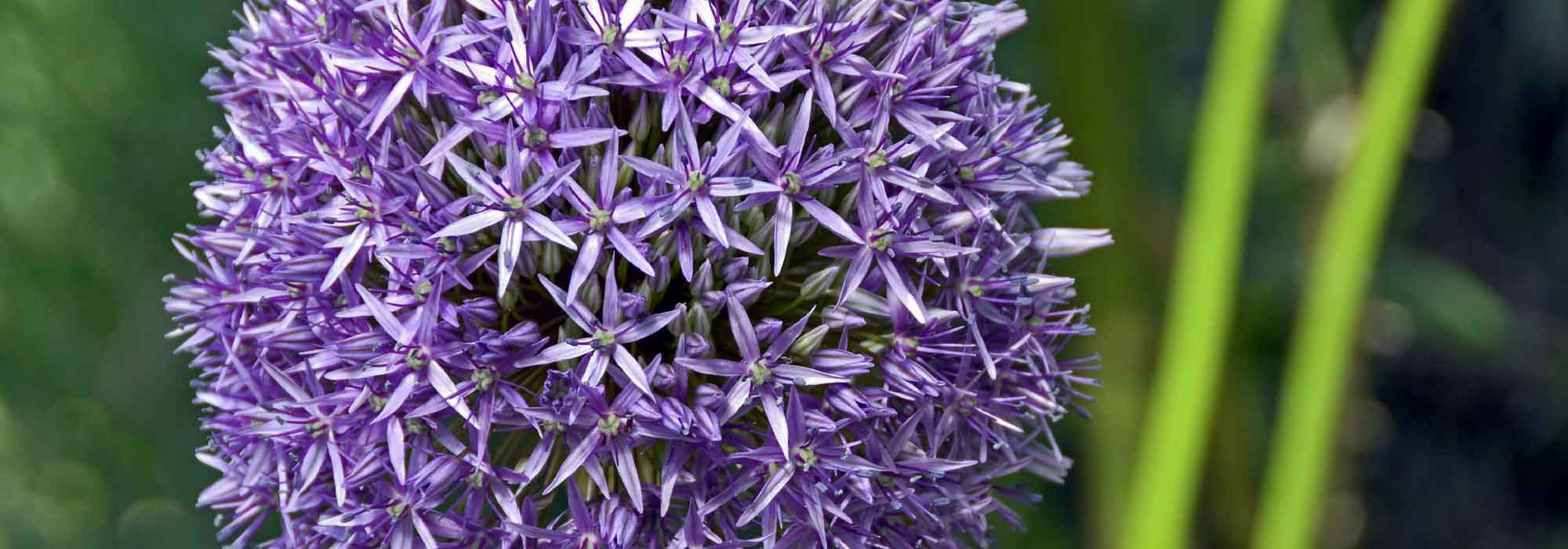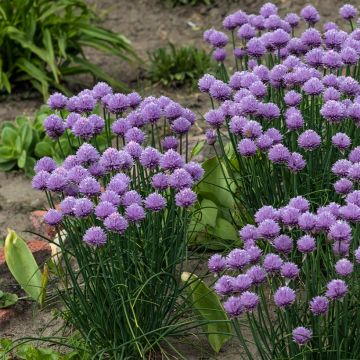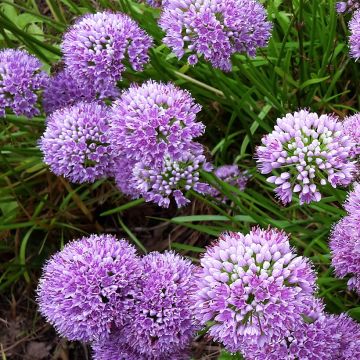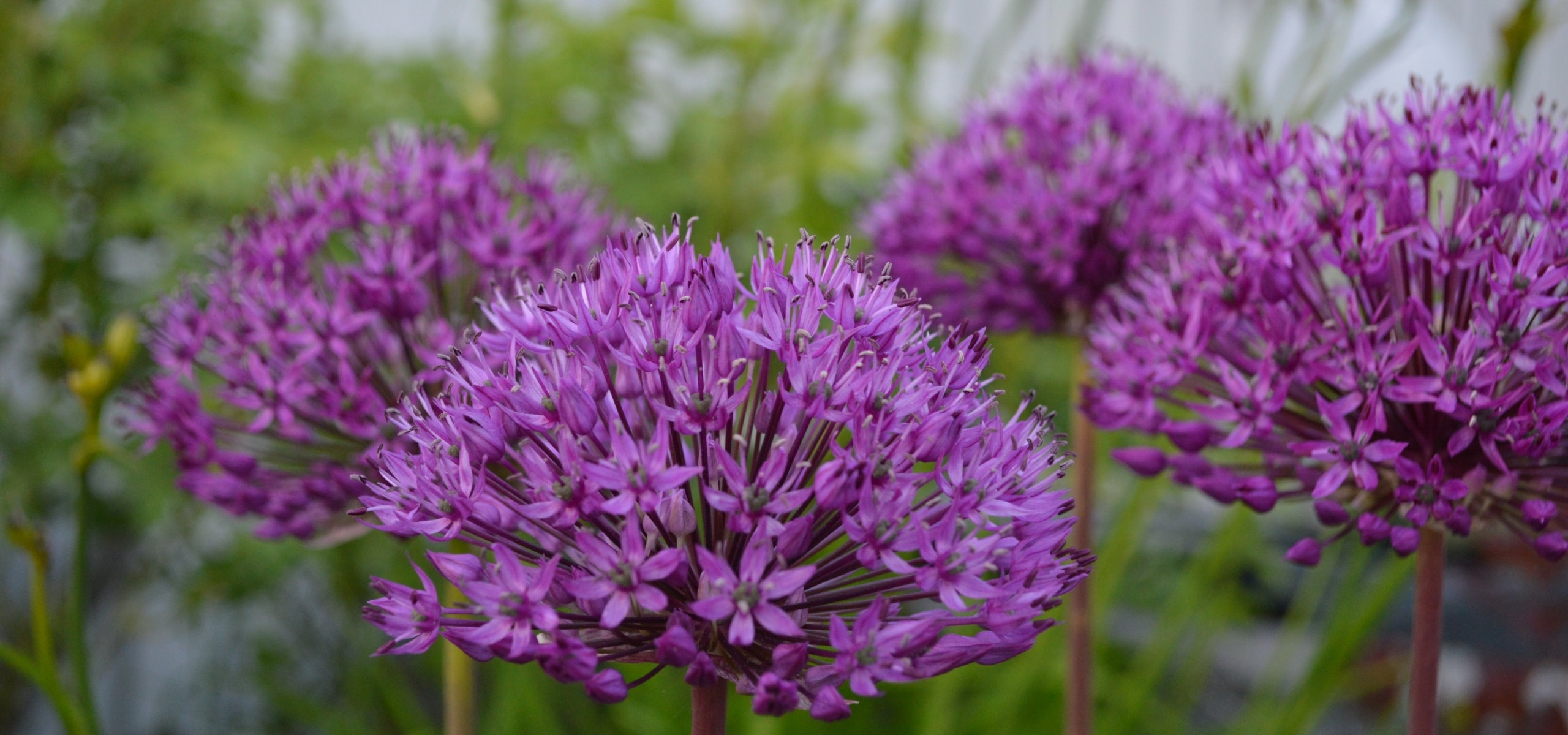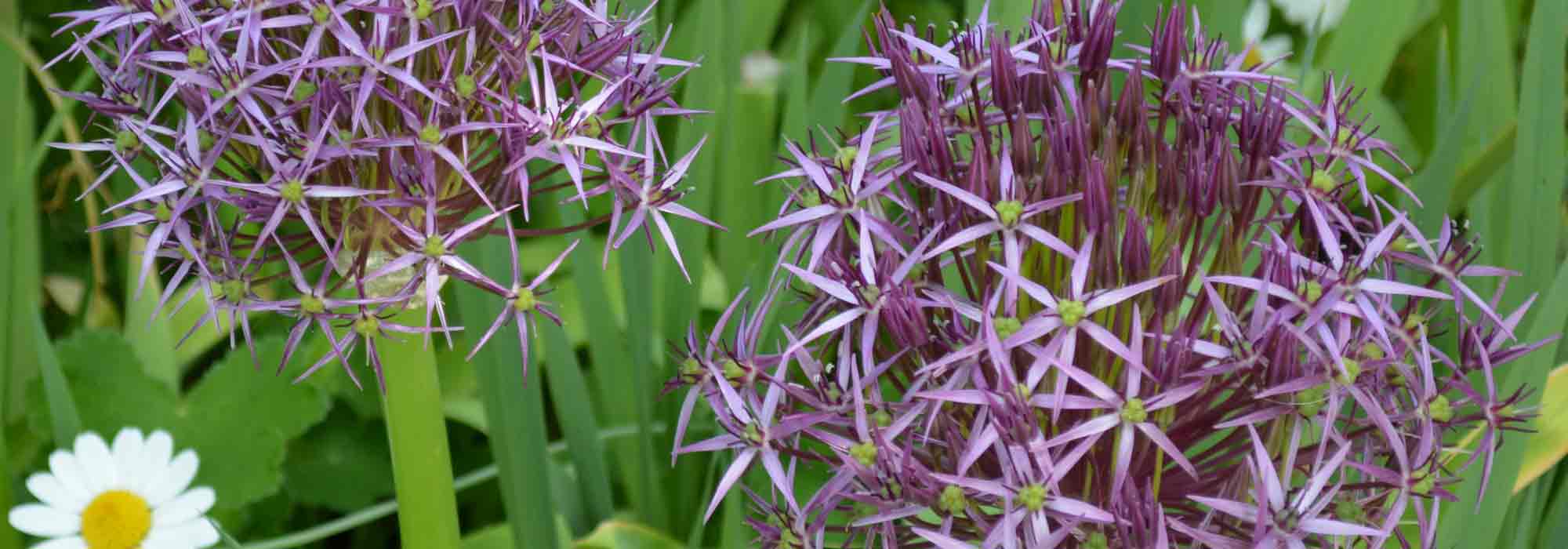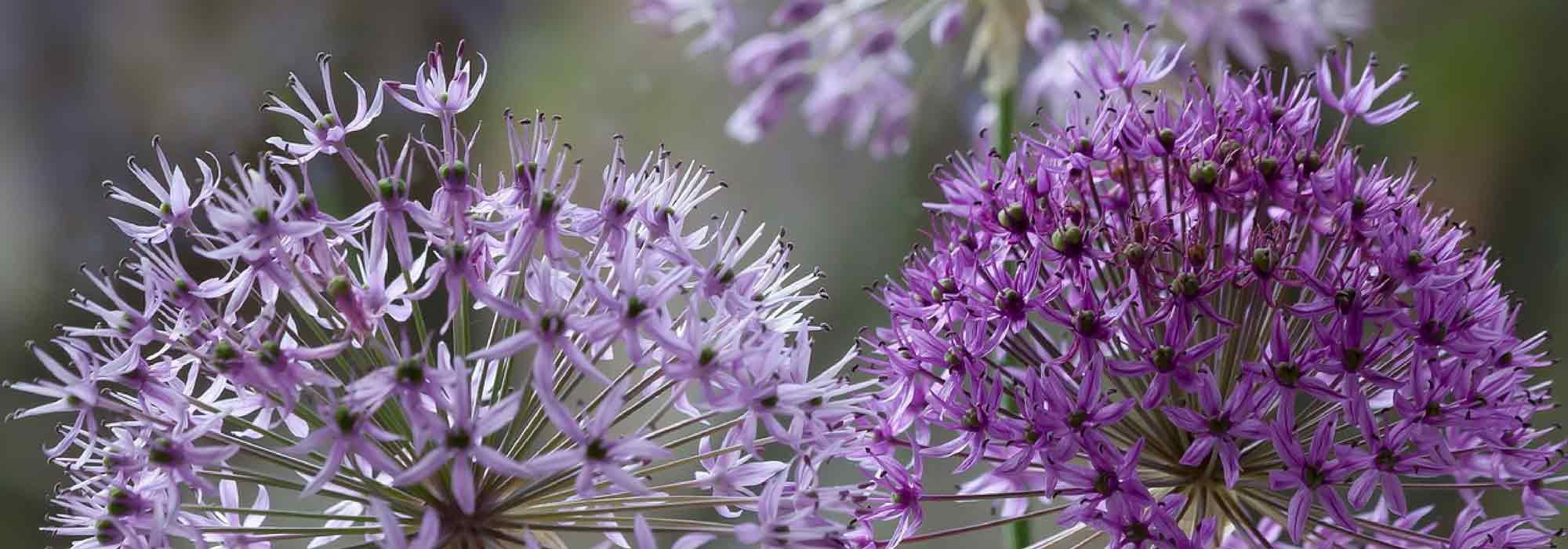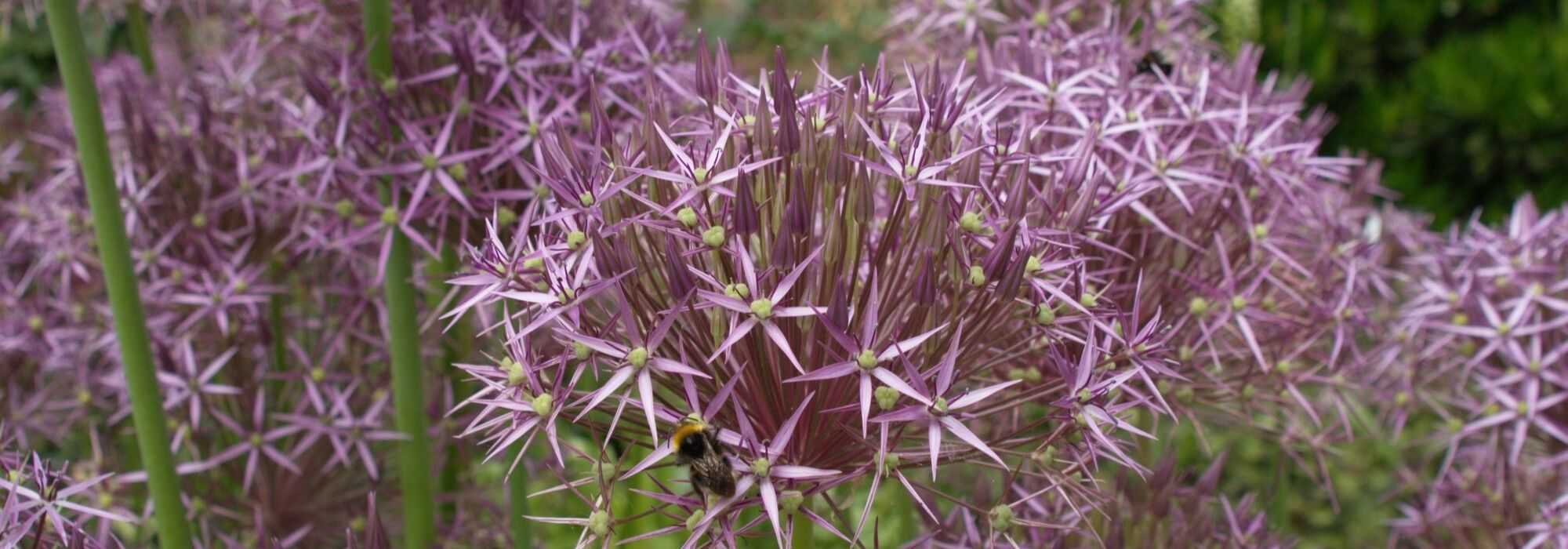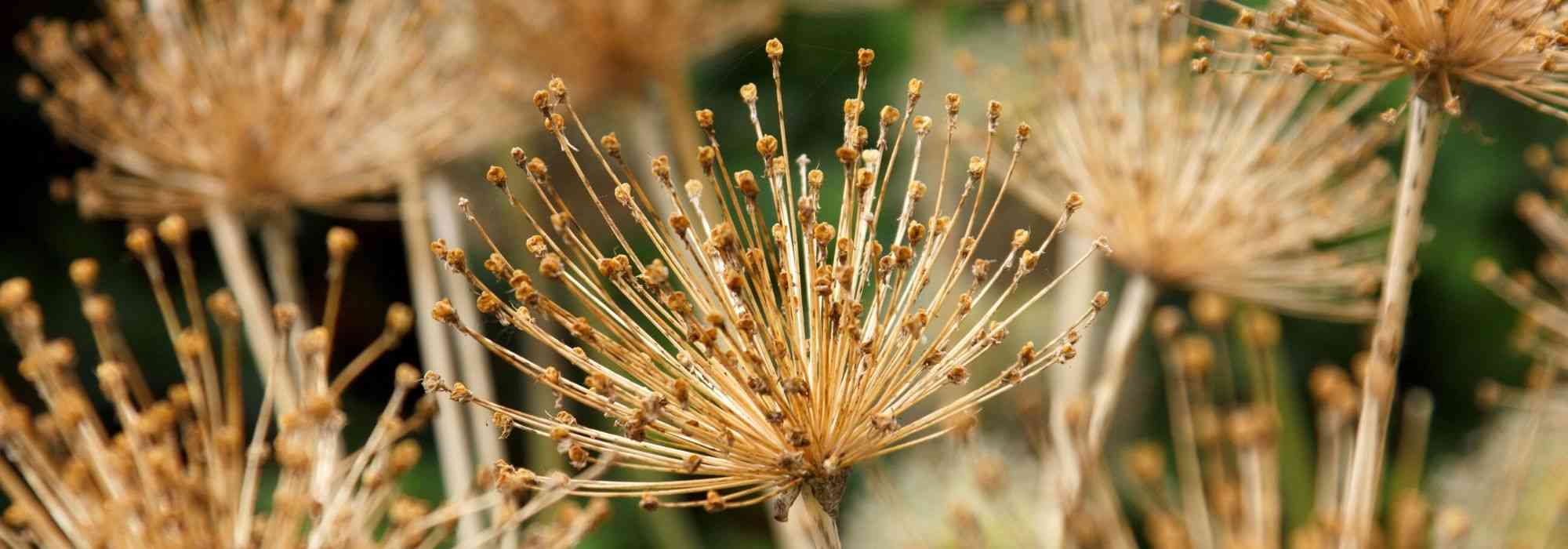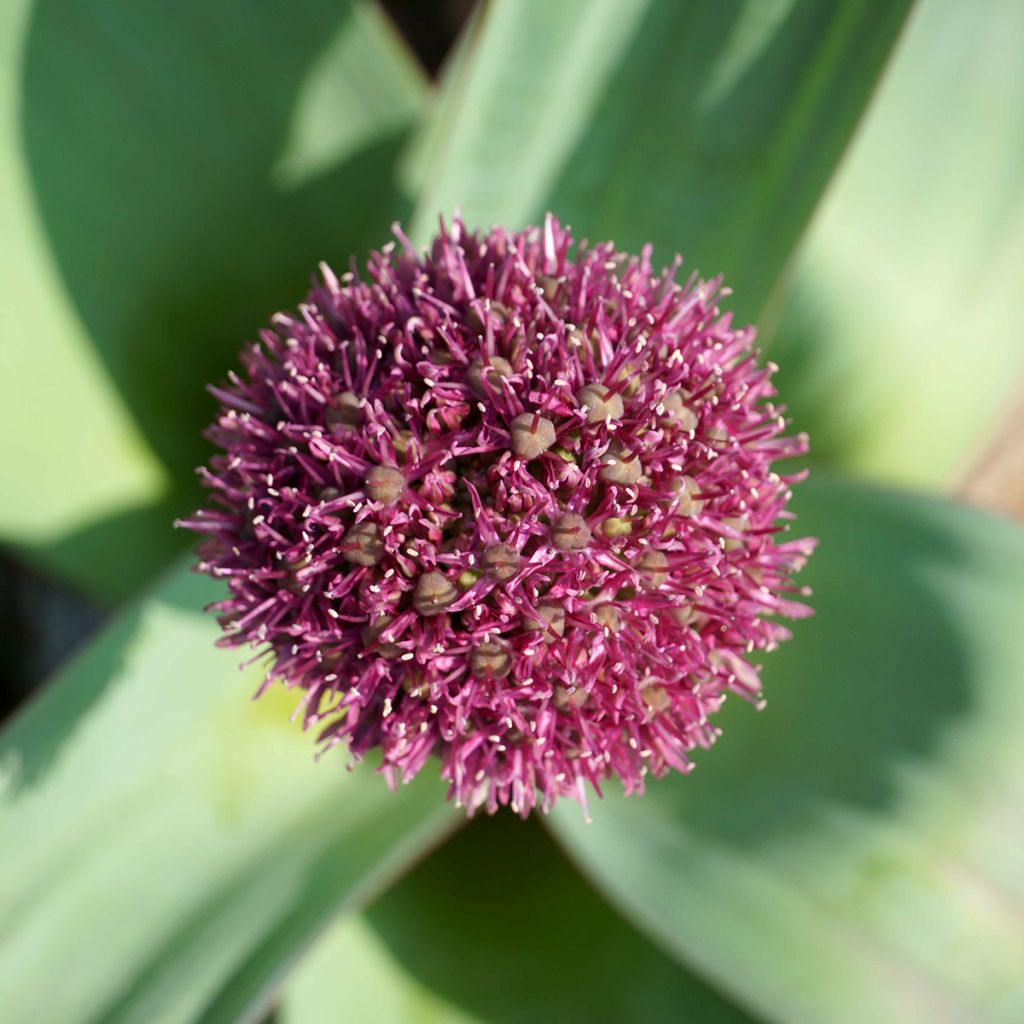

Allium Ostara
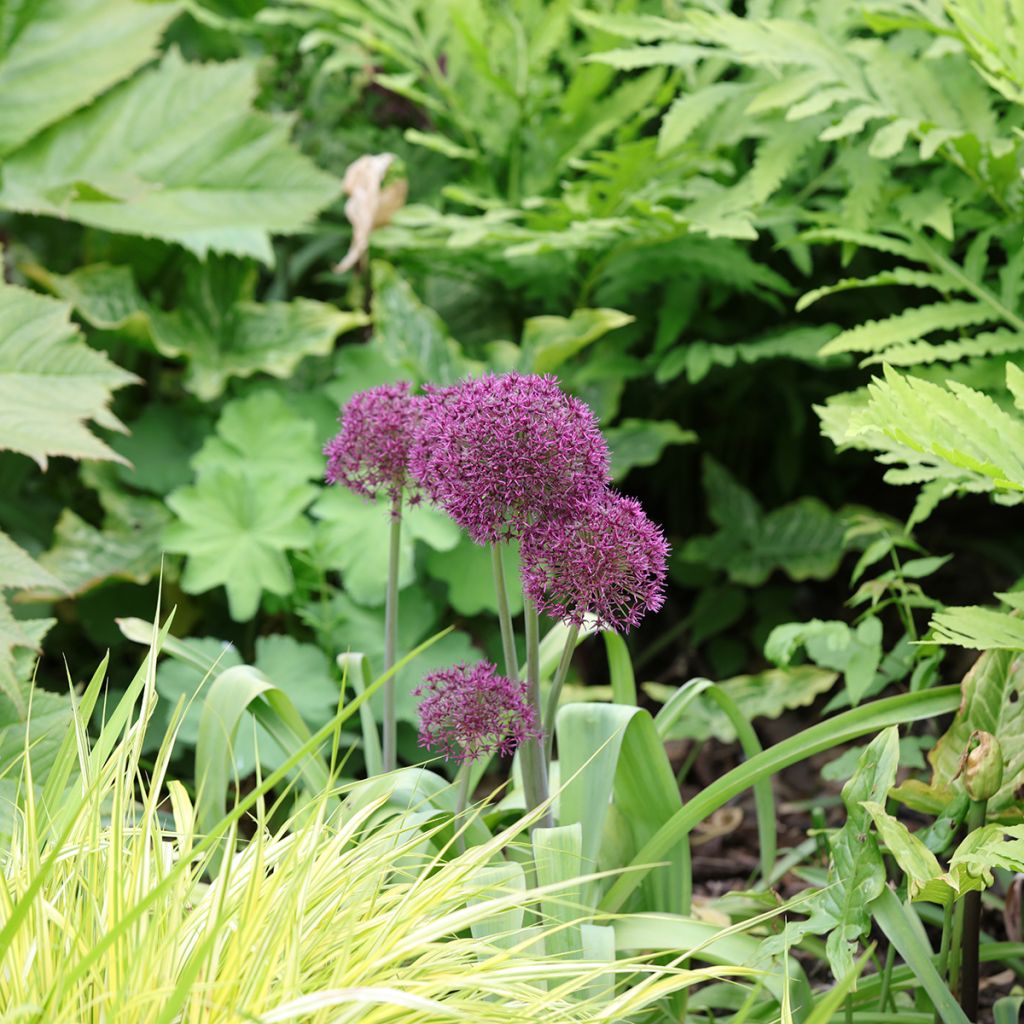

Allium Ostara
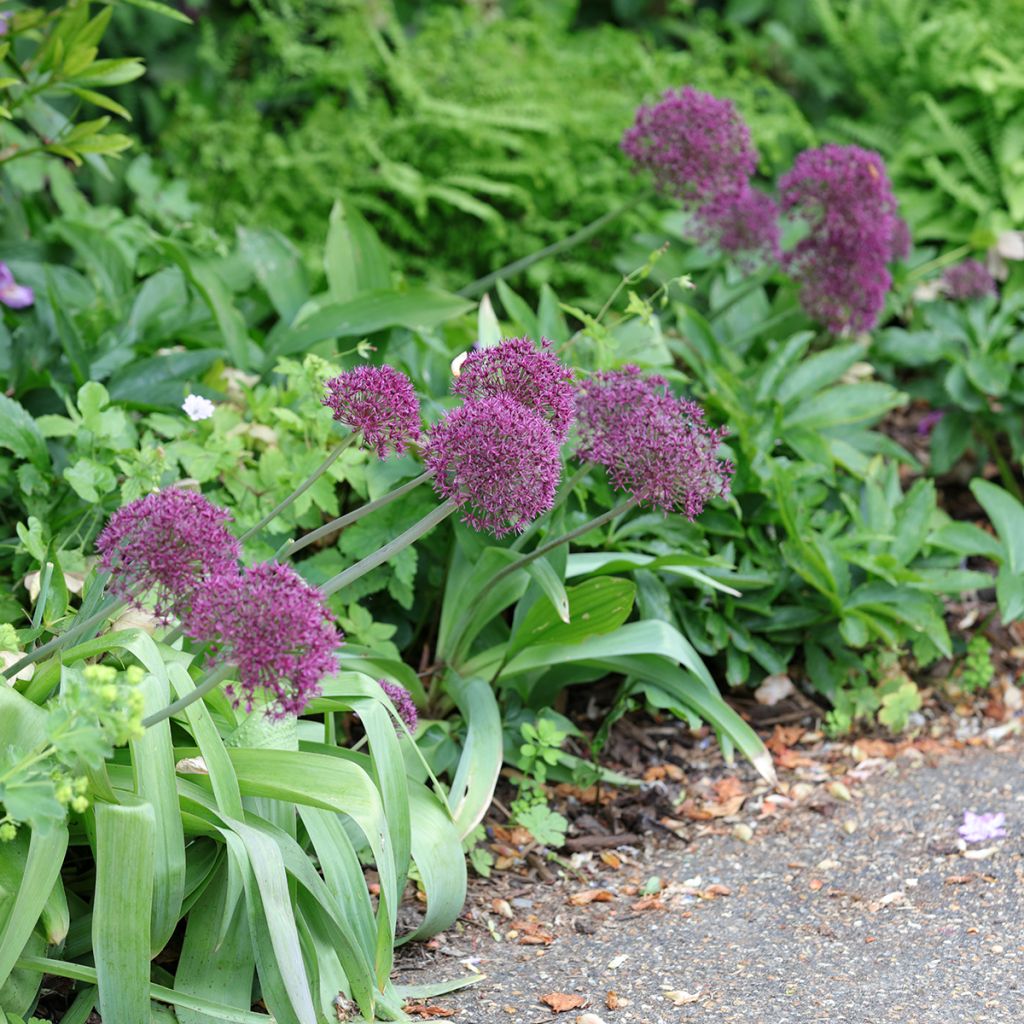

Allium Ostara
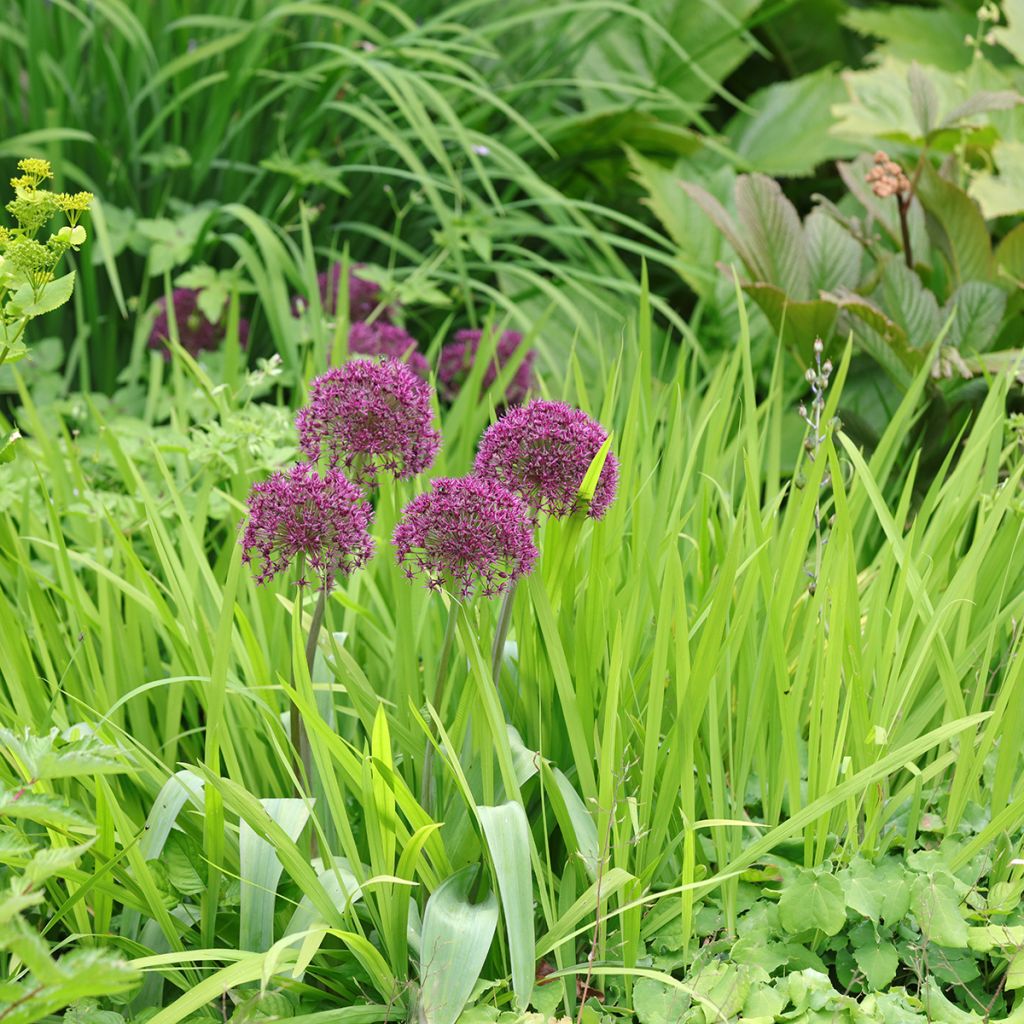

Allium Ostara
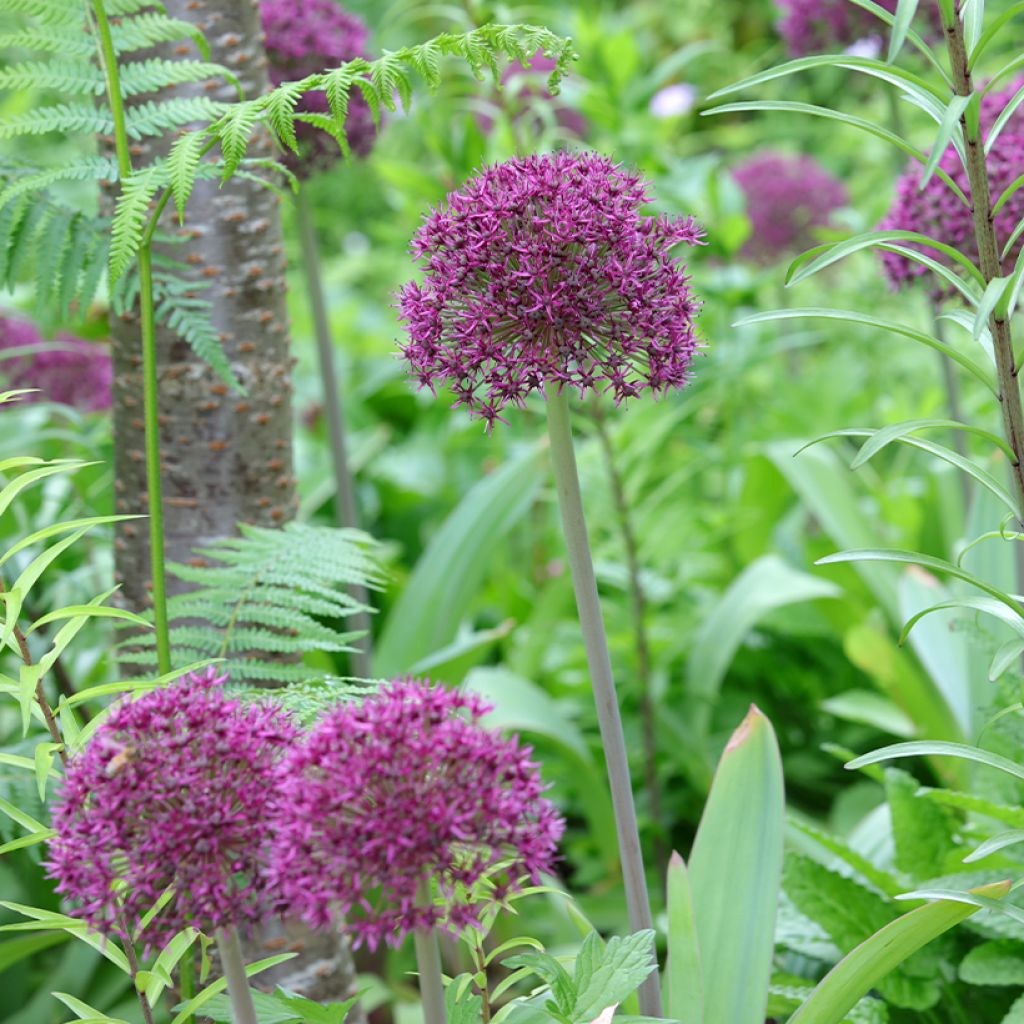

Allium Ostara
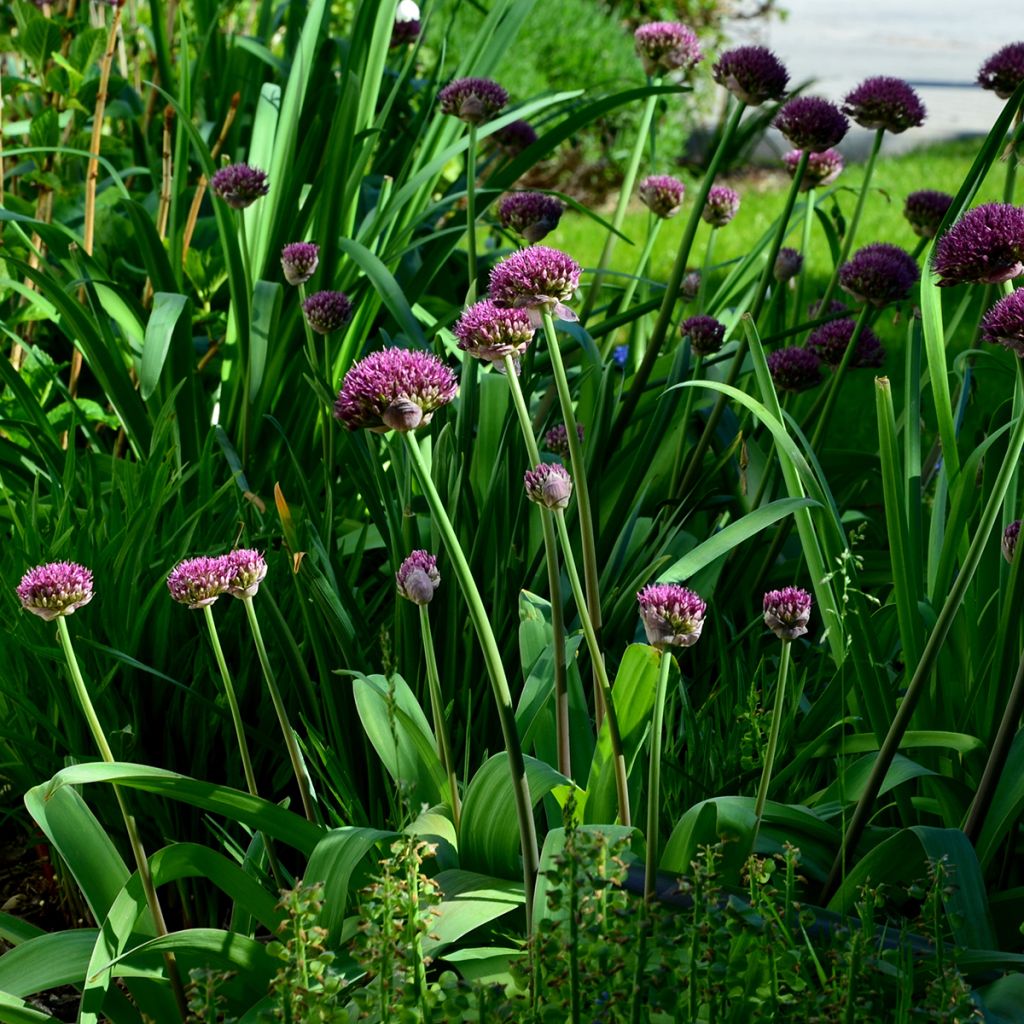

Allium Ostara
Allium Ostara
Allium Ostara
Ornamental Onion, Flowering Garlic
Thank you to the individuals (for order preparation and shipping service), the bulbs received are healthy. Planted near yellow or orange roses, I am now patiently awaiting the flowering...
Thierry, 27/05/2023
Special offer!
Receive a €20 voucher for any order over €90 (excluding delivery costs, credit notes, and plastic-free options)!
1- Add your favorite plants to your cart.
2- Once you have reached €90, confirm your order (you can even choose the delivery date!).
3- As soon as your order is shipped, you will receive an email containing your voucher code, valid for 3 months (90 days).
Your voucher is unique and can only be used once, for any order with a minimum value of €20, excluding delivery costs.
Can be combined with other current offers, non-divisible and non-refundable.
Why not try an alternative variety in stock?
View all →This plant carries a 12 months recovery warranty
More information
We guarantee the quality of our plants for a full growing cycle, and will replace at our expense any plant that fails to recover under normal climatic and planting conditions.

Would this plant suit my garden?
Set up your Plantfit profile →
Description
Allium 'Ostara' is a hybrid ornamental garlic of medium stature, with perfectly round flowers of intense purple-pink, which faithfully blooms every year in late spring or early summer. Unlike many others, this variety keeps its beautiful foliage before, during, and after flowering. It boasts a colourful flowering, animated by a constant flight of pollinating insects. Reliable and easy to grow, it thrives in the sun, in ordinary but well-drained soil. Perfect for bordering an alley or a bed. It also works well in a rock garden or a planter on a patio. Its flowers are very long-lasting in bouquets, fresh or dried.
Allium 'Ostara' is a variety of hybrid ornamental garlic resulting from the cross-breeding of two botanical species: A. karataviense and A. atropurpureum. All these plants belong to the Amaryllidaceae family. They are cousins of garlic and leeks, with which they share a characteristic odour in their foliage, perceptible when crushed.
The 'Ostara' cultivar develops in spring from a slightly flattened bulb covered with a whitish epidermis. It forms a clump of wide, decorative, blue-green leaves. It reaches about 30cm (12in) in height and 30 to 40cm (12 to 16in) in width. Flowering takes place from May-June to July, earlier or later depending on the climate. Flowering stems measuring 40 to 50cm (16 to 20in) in height emerge from the centre of the clumps. Each stem carries a solitary inflorescence in the shape of a perfect sphere measuring 7 to 10cm (3 to 4in) in diameter. The compact inflorescence is composed of a multitude of tiny star-shaped flowers in intense pink-purple. They are nectar-rich and honey-producing. The deciduous foliage dries up a few weeks after flowering. The plant then survives the winter in the form of bulbs. This variety easily naturalises by producing bulb offsets.
Planted en masse along an alley, in small groups in a rock garden, as a border for a bed, or even combined with flowers in shades of purple, pink, and blue, this 'Ostara' ornamental garlic proves to be a gem for romantic flower beds. It goes perfectly with catmints, bellflowers, and agastaches. Also consider pairing it with lavenders and small-sized grasses such as Stipa tenuifolia or Pennisetum advena 'Rubrum', and many more. Its flowers can also structure a contemporary garden where various geometric shapes oppose each other. Furthermore, it can be planted with landscape roses and boxwoods trimmed into cones.
In short, the possibilities are endless! There is a corner in your garden, as well as on your balcony, where this garlic will work wonders.
Allium Ostara in pictures
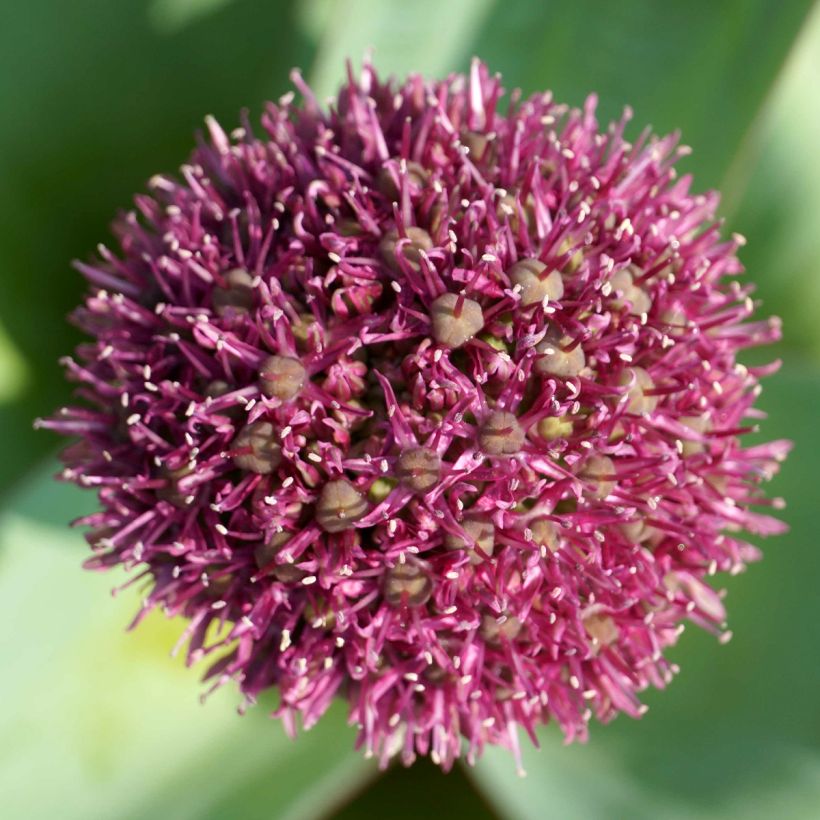

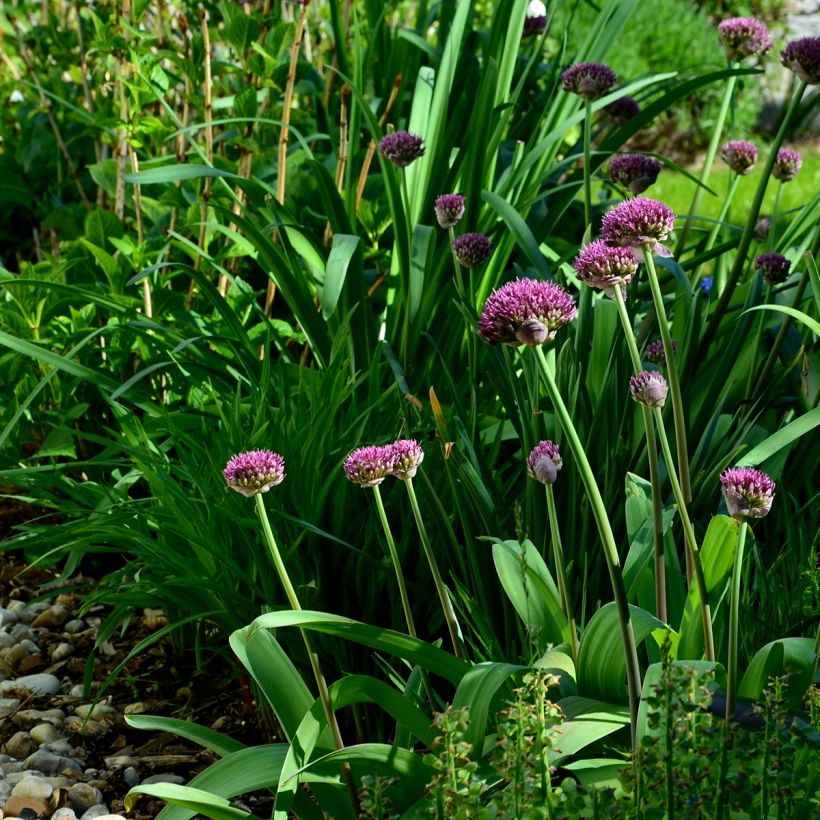

Flowering
Foliage
Plant habit
Botanical data
Allium
Ostara
Alliaceae - Liliaceae
Ornamental Onion, Flowering Garlic
Allium karataviense (x) atropurpureum
Cultivar or hybrid
Other Allium
View all →Planting and care
Alliums are easy to grow in sunny and well-drained soil that does not retain too much moisture. Plant the bulbs preferably before the end of October so that they have time to establish. They are sensitive to excess winter moisture. 'Ostara' enjoys the sun and thrives in any good, well-loosened, and drained garden soil. Once the foliage has dried, dry soil is perfectly tolerated by the resting bulb. In clay soil, incorporate a bit of gravel or coarse sand. It is hardy and not demanding in terms of water, but appreciates the soil remaining slightly moist during flowering. Unlike tulip bulbs, ornamental garlic bulbs repel rodents. These plants have few enemies in our gardens.
Planting period
Intended location
Care
Planting & care advice
-
, onOrder confirmed
Reply from on Promesse de fleurs
Haven't found what you were looking for?
Hardiness is the lowest winter temperature a plant can endure without suffering serious damage or even dying. However, hardiness is affected by location (a sheltered area, such as a patio), protection (winter cover) and soil type (hardiness is improved by well-drained soil).

Photo Sharing Terms & Conditions
In order to encourage gardeners to interact and share their experiences, Promesse de fleurs offers various media enabling content to be uploaded onto its Site - in particular via the ‘Photo sharing’ module.
The User agrees to refrain from:
- Posting any content that is illegal, prejudicial, insulting, racist, inciteful to hatred, revisionist, contrary to public decency, that infringes on privacy or on the privacy rights of third parties, in particular the publicity rights of persons and goods, intellectual property rights, or the right to privacy.
- Submitting content on behalf of a third party;
- Impersonate the identity of a third party and/or publish any personal information about a third party;
In general, the User undertakes to refrain from any unethical behaviour.
All Content (in particular text, comments, files, images, photos, videos, creative works, etc.), which may be subject to property or intellectual property rights, image or other private rights, shall remain the property of the User, subject to the limited rights granted by the terms of the licence granted by Promesse de fleurs as stated below. Users are at liberty to publish or not to publish such Content on the Site, notably via the ‘Photo Sharing’ facility, and accept that this Content shall be made public and freely accessible, notably on the Internet.
Users further acknowledge, undertake to have ,and guarantee that they hold all necessary rights and permissions to publish such material on the Site, in particular with regard to the legislation in force pertaining to any privacy, property, intellectual property, image, or contractual rights, or rights of any other nature. By publishing such Content on the Site, Users acknowledge accepting full liability as publishers of the Content within the meaning of the law, and grant Promesse de fleurs, free of charge, an inclusive, worldwide licence for the said Content for the entire duration of its publication, including all reproduction, representation, up/downloading, displaying, performing, transmission, and storage rights.
Users also grant permission for their name to be linked to the Content and accept that this link may not always be made available.
By engaging in posting material, Users consent to their Content becoming automatically accessible on the Internet, in particular on other sites and/or blogs and/or web pages of the Promesse de fleurs site, including in particular social pages and the Promesse de fleurs catalogue.
Users may secure the removal of entrusted content free of charge by issuing a simple request via our contact form.
The flowering period indicated on our website applies to countries and regions located in USDA zone 8 (France, the United Kingdom, Ireland, the Netherlands, etc.)
It will vary according to where you live:
- In zones 9 to 10 (Italy, Spain, Greece, etc.), flowering will occur about 2 to 4 weeks earlier.
- In zones 6 to 7 (Germany, Poland, Slovenia, and lower mountainous regions), flowering will be delayed by 2 to 3 weeks.
- In zone 5 (Central Europe, Scandinavia), blooming will be delayed by 3 to 5 weeks.
In temperate climates, pruning of spring-flowering shrubs (forsythia, spireas, etc.) should be done just after flowering.
Pruning of summer-flowering shrubs (Indian Lilac, Perovskia, etc.) can be done in winter or spring.
In cold regions as well as with frost-sensitive plants, avoid pruning too early when severe frosts may still occur.
The planting period indicated on our website applies to countries and regions located in USDA zone 8 (France, United Kingdom, Ireland, Netherlands).
It will vary according to where you live:
- In Mediterranean zones (Marseille, Madrid, Milan, etc.), autumn and winter are the best planting periods.
- In continental zones (Strasbourg, Munich, Vienna, etc.), delay planting by 2 to 3 weeks in spring and bring it forward by 2 to 4 weeks in autumn.
- In mountainous regions (the Alps, Pyrenees, Carpathians, etc.), it is best to plant in late spring (May-June) or late summer (August-September).
The harvesting period indicated on our website applies to countries and regions in USDA zone 8 (France, England, Ireland, the Netherlands).
In colder areas (Scandinavia, Poland, Austria...) fruit and vegetable harvests are likely to be delayed by 3-4 weeks.
In warmer areas (Italy, Spain, Greece, etc.), harvesting will probably take place earlier, depending on weather conditions.
The sowing periods indicated on our website apply to countries and regions within USDA Zone 8 (France, UK, Ireland, Netherlands).
In colder areas (Scandinavia, Poland, Austria...), delay any outdoor sowing by 3-4 weeks, or sow under glass.
In warmer climes (Italy, Spain, Greece, etc.), bring outdoor sowing forward by a few weeks.






























